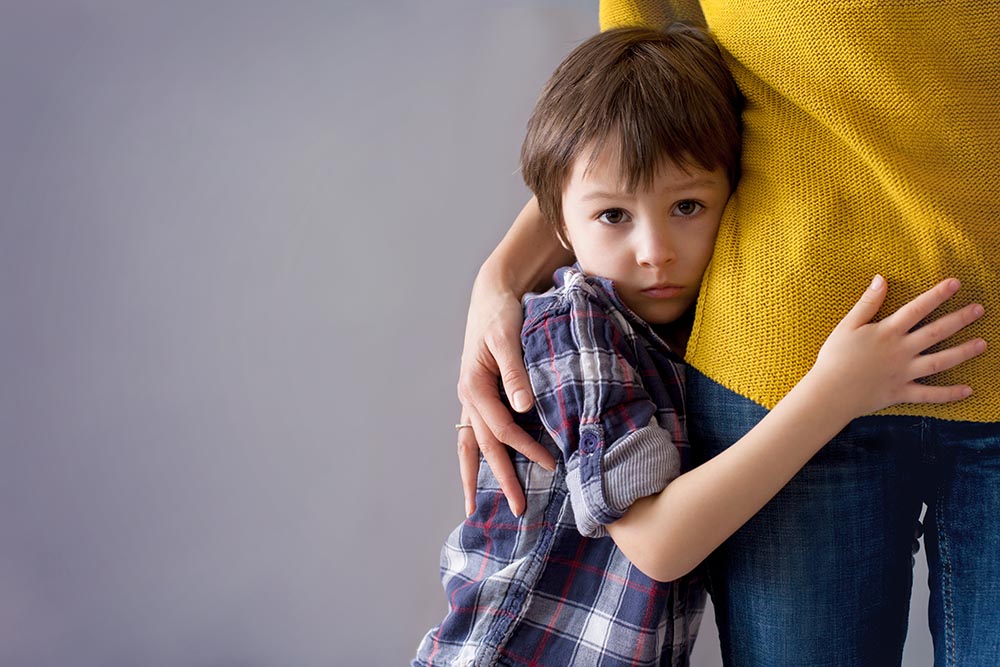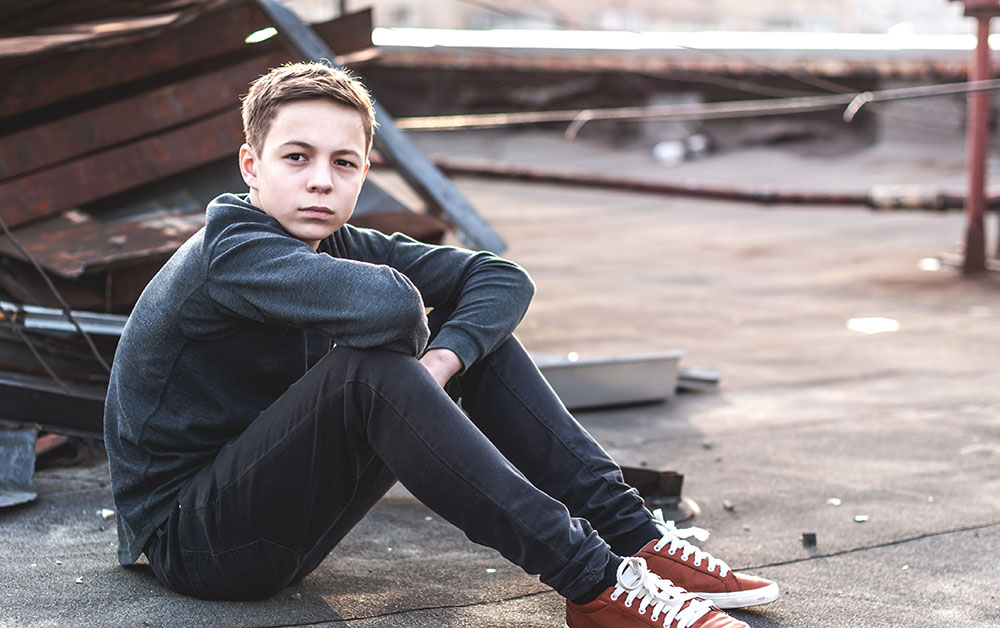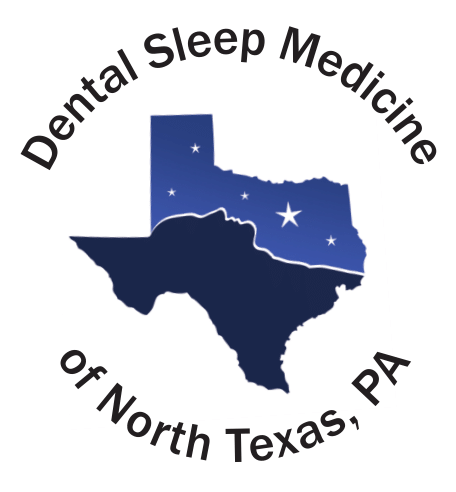Can My Child Have Sleep Apnea?
Although obstructive sleep apnea (OSA) is most common in adults, OSA can also be found in children. This medical condition causes obstruction in the airway, resulting in limited airflow and a decrease in the oxygen to the brain during sleep. OSA is more likely to occur between the age of 2 and 8, and research has found that children with minor snoring may suffer from many of the same complications as adults with OSA.
OSA can be difficult to detect in children, as the symptoms may manifest differently than they would in an adult. There are nevertheless some symptoms and warning signs you should look for.

Symptoms of Sleep Apnea in Children

These are the certain signs you should look for to determine if your child has sleep apnea, such as:
- Habitual snoring, gasping, or snorting noises
- Slow growth
- Irritability and anger problems
- Bedwetting and sleepwalking
- Daytime sleepiness and behavioral problems
If you find that your child exhibits some of these symptoms, we recommend having your child undergo a sleep study. Schedule an appointment with a pediatrician who specializes in sleep disorders to have your child’s sleep quality tested.
Sleep Apnea Can Affect Your Child
Obstructive sleep apnea (OSA) can lead to serious health issues, such as right-sided heart failure, diabetes, and problems with cognitive functions. There’s also a strong correlation between sleep disorders and childhood obesity. Awareness and early detection can prevent these health problems from becoming severe.
Sleep apnea is often misdiagnosed as something else, including ADHD. Because daytime symptoms are so similar, misdiagnoses are incredibly common. Patients with sleep apnea who have been prescribed ADHD medication often find that they remain tired and continue to lack energy.

Treatment Options

If you believe your child may have sleep apnea, Dr. Clinton recommends that you visit your child’s primary doctor and request a sleep study. If your child is diagnosed with sleep apnea, there are many treatments the doctor may recommend.
The treatment differs depending on the exact cause of OSA. If large tonsils are disrupting breathing, then an ear, nose, and throat (ENT) doctor may recommend removing the tonsils or the large adenoids. These minor surgeries are often effective.
Dr. Clinton may also recommend continuous positive airway pressure (CPAP) therapy. If the OSA is mild-to-moderate, your child may be eligible for a more comfortable customized oral sleep appliance.
Frequently Asked Questions
How can treating sleep apnea benefit my child?
Treating sleep apnea in children can benefit both their physical and mental health. Quality sleep is the key factor in healthy development, helping your child reach their optimal height and weight.
Treating sleep apnea can benefit both physical and mental health including:
- Reaching optimal height and weight
- Receiving quality sleep
- Subsides headaches and fatigue
- Subsides loud snoring, sleepwalking, and bedwetting
- Combats childhood obesity
Will my child’s sleep apnea go away when they’re older?
While OSA is common in adults, childhood sleep apnea doesn’t necessarily mean the symptoms will persist through adulthood. Sleep apnea symptoms may subside as your child develops into adulthood.
However, treating early signs of sleep apnea is the best way to ensure your child’s healthy development and promote lifelong health. Your kids will benefit the most from early treatment to reduce the negative impacts of the condition.
What does a sleep study look like?
A sleep study is a non-invasive, overnight diagnostic study that allows doctors to monitor your sleep quality. Doctors use sensitive equipment to track brain wave patterns, heart rate, breathing, blood oxygen level, and more to make a diagnosis. This study can be completed in a special lab or at home.
Protect Your Child’s Quality Sleep
If you suspect your child may have sleep apnea, schedule a consultation with Dr. Clinton by calling our Waxahachie office at (972) 737-5337. Dr. Clinton and our team can help give your child the help they need.
